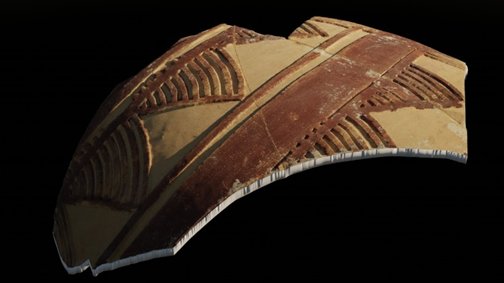
The European Union published in 2021 the 'Strategy for the Rights of Persons with Disabilities 2021-2030' aiming to deliver further significant improvements to all areas of the lives of persons with disabilities within the EU and beyond:
Empowering persons with disabilities to fully participate and contribute to the transition to an inclusive, green and digital economy and society as well as to our democracy will reaffirm the EU values enshrined in the Treaties'.

The Strategy for the Rights of Persons with Disabilities 2021-2030 sets access to education and culture as a priority right in section 5.3 ‘Inclusive and accessible education’ and in section 5.5 ‘Improving access to art and culture, recreation, leisure, sport, and tourism’: ‘The Commission calls on Member States to promote and encourage arts of persons with disabilities and raise awareness by making them visible through exhibitions and performances; and make more art collections and museums accessible to persons with disabilities’.
In this sense, the University Research Centre for Iberian Archaeology of the University of Jaén (IUIAI-UJA) (Spain) is working within the framework of the European project 5DCulture. In this project, based on the selection of a collection of 3D models belonging to the Culture of the Iberians (6th-1st centuries BC), different inclusive educational activities are being designed targeting at people for who access to archaeological heritage is very limited or simply impossible. It is important to highlight the role played by 3D models in the dissemination of archaeological heritage among people with visual impairments. More and more museums are improving their museum programmes by making them more inclusive, opening rooms and organising exhibitions aimed at this group of users.

Figure 2: Basic schema in museums with rooms for people with visual impairments (IUIAI-UJA/5DCulture)
In general, these new rooms and exhibitions combine spatial accessibility, tactile identification of copies, mockups or 3D printed models and braille texts and explanatory audio files (Figure 2).

Figure 3. 3D model of an Iberian pottery fragment with geometric embossed decoration (IUIAI-UJA/5DCulture)
From a point of view related to the useful historical information that can be transmitted to people with visual impairments, it would be convenient if the 3D models and the accompanying text and sound files could provide basic knowledge about the main types of objects, iconography and meanings of the scenes represented in the archaeological material (Figure 3). In short, the 3D models should allow, as for example would be the case of the Iberians in the 5DCulture project, an approach to the way of life, the perception of landscape, gender relations, religion, ritual, etc.

Figure 4. Printing of the 3D model of the Iberian sculpture grifomaquia using PLA filament and at a scale of 15% (Height: 13.5 cm, Width: 12 cm, Thickness: 9 cm) (IUIAI-UJA/5DCulture)
From a technical point of view, printing 3D models is not an automatic and simple process. The 3D printer settings are very important to obtain a good relationship between time and quality of the model. The main settings that must be taken into account are: Size, orientation, filament type, bed leveling, nozzle diameter and temperature, layer height, speed, retraction, flow, adhesion assistants, supports, speed of cooling fan, infill density, shell thickness (Figure 4). For people with visual impairments, it will be of special interest to control the size or scale of the model to be able to touch it, and the type of filament that allows obtaining a roughness/smoothness sufficient to perceive the shape of the object.
Another element that influences the 3D model and can make the perception of the shape difficult is the marks that the supports leave when they are separated from the model. To avoid this, a second type of filament called polyvinyl alcohol (PVA) could be used. After the print object is fully printed, the PVA supports simply dissolve in water.
